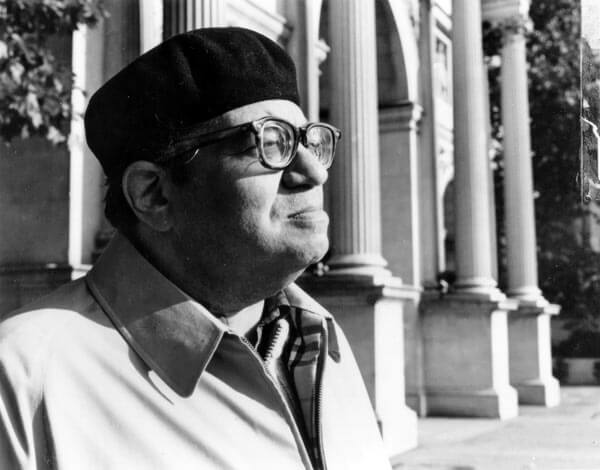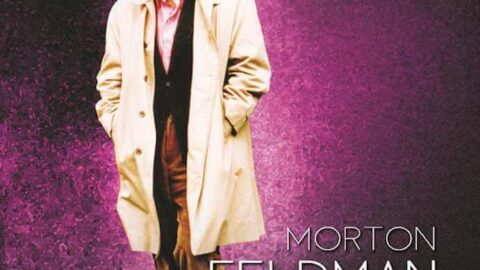As in much of Morton Feldman’s late music, Piano, Violin, Viola, Cello (1987) repeats and varies a set of simple sonorities: a delicate two-chord piano figure reminiscent of “Footprints in the Snow” from Debussy’s Preludes; steely, breathy chords rising and falling in the strings; clustered pitches blooming into vague triads and closing again as they wind gently around the ensemble. These gestures evolve asymmetrically over the work’s 75 minutes, their aim less about motivic development and more about orienting the listener within a massive musical room. They don’t guide the listener along a set path; they are beguiling and comforting reminders that one has wandered here before in search of something. Are we moving about the circular space or is it reconfiguring around us? Feldman’s final published work poses the situation neutrally, its music as plain and elegant as its title. The genius of Feldman’s late music is its ability to perch on the thin line between stasis and development: evolving slowly enough to seem immobile; quickly enough to hold the listener in thrall.
Performers Aleck Karis (piano), Curtis Macomber (violin), Danielle Farina (viola), and Christopher Finckel (cello) are sensitive to this balance on this release from Bridge Records, a welcome addition to their diverse catalog of Feldman’s chamber music. Other commercially available releases of the work like Quartetto Klimt’s (also released this year on the Stradivarius label) and Ives Ensemble’s from 1995 are more lush but somewhat detached, as if one is overhearing the music from a distance, seated far back in the concert hall. This recording places the listener among the ensemble, the piece’s fragile edges sharper and more penetrating, despite the unchangingly moderate dynamics, tempo, and energy. The musicians’ breaths, pedaling, and bow changes have a weighty presence in the sparse texture, making audible the rigor and stamina required for such a massive, amorphous piece and adding a degree of intensity missing from many Feldman recordings, thanks in no small part to engineer Tom Erbe’s crystalline mix.

Often the piece’s texture is an alternation between piano and strings, functioning as a single unit of clustered pitches in a similar register, echoing and overlapping the piano’s spartan and regular chords. Slow upward piano arpeggios end sections gracefully, pushing the ensemble into different registers in a logical development – but just when you’ve understood the relationships among each part, they change without warning. Suddenly, a new texture is uncovered as if it has been sounding the whole time, its deliberate and inexorable logic long established. Textural units begin to disassemble and reconfigure in unsettling ways. The cello’s characteristic low, resonant notes and the violin’s upper harmonics make their first appearances almost a half hour into the piece, finally – and suddenly – creating a separation in register among the strings. The strings switch roles with the piano, bowing repetitive chords while the piano punctuates their stream with plaintive single notes. Sections begin to elongate and distort, the strings repeating a chord, the piano’s chords becoming wider. Sometimes a single short motive reappears in the middle of the phrase as an aside, glancing over its shoulder or squinting into the distance for its siblings.
Aleck Karis concludes in his liner notes, “For me, experiencing this work is like taking a long nocturnal stroll in Venice: one may feel lost, but one is in a very beautiful place. A pleasurable disorientation can be part of the magic.” He conveys this sentiment in the understated piano figure that closes the work, an almost-sinister string of single pitches that ascends chromatically and then repeats. This simple, measured gesture ends Feldman’s last piece without fanfare or finality: searching, moving towards something, but content with being lost.
























